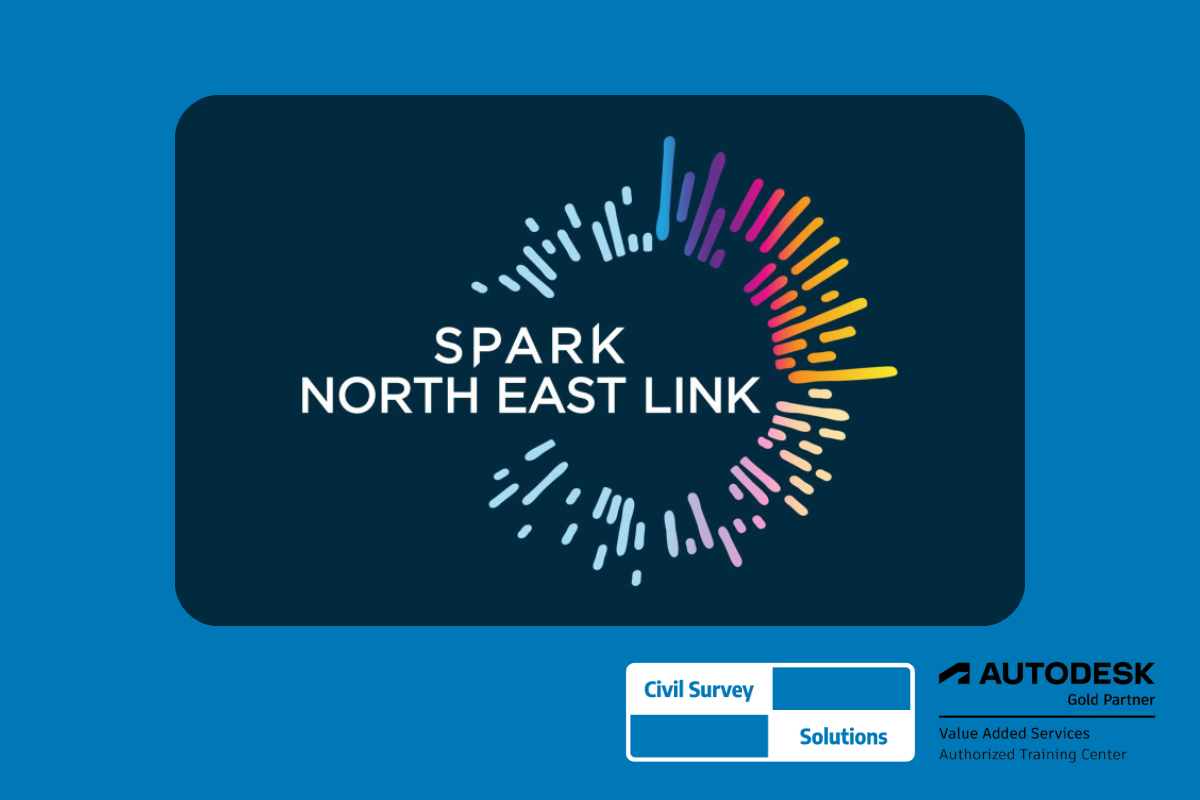The rapid strides in artificial intelligence (AI) technology have brought forth numerous advancements that are revolutionising various industries, including architecture, construction and engineering. A prominent example is OpenAI’s Chat GPT, an AI model for language understanding and generation. In this blog, we delve into the world of ChatGPT and explore how it can be harnessed within the architecture, construction and engineering industries, particularly for Building Information Modelling (BIM) projects.
Firstly, you may be asking what exactly is GPT (Generative Pre-training Transformer)? At the core, GPT is a language prediction model developed by OpenAI that uses machine learning to generate human-like text. It’s trained on a diverse range of texts, but it’s not just a simple text output machine – it can understand context, make inferences, and exhibit creativity in its responses. On the other hand, ChatGPT, a derivative of the GPT model, is specifically optimized for human-like conversations. It’s trained not only on a large dataset of text but also on datasets created from dialogues, which allows it to engage in interactive conversations with users. While both models generate high-quality human-like text, ChatGPT is tailored to replicate conversational dynamics, making it ideal for applications such as chatbots, virtual assistants, and interactive information delivery.
But how does this relate to the architecture, construction, and engineering industries, you might ask? In several intriguing ways, as it turns out.
Improving Communication and Collaboration
One of the key areas where GPT can be leveraged is in improving communication and collaboration in BIM projects. Given the intricate nature of such projects, communication is often a significant challenge. When the technology is utilised as a chatbot, it can provide immediate responses to queries, clarifying project details, offering technical explanations, and facilitating real-time communication across the team. This seamless and prompt interaction can help reduce misunderstandings and miscommunications, thus enhancing overall project efficiency. Imagine an environment where when you had a question about a project, you could ask the chatbot for the answer as it will have been connected to the real time project data, rather than searching for the right person to provide the correct and up to date response.
Data Management and Documentation
Maintaining comprehensive documentation is crucial in BIM projects, but it can be a time-consuming task. GPT can assist in generating and managing this documentation, from drafting initial project proposals to maintaining updated project reports. It can generate text with context, thus ensuring that all written documents are coherent and relevant.
Training and Support
Training staff on new software or processes is essential in BIM projects. However, it can be a significant drain on resources. A GPT-powered chatbot can offer on-demand training and support, providing explanations, answering queries, and even offering suggestions to improve workflows. This could prove to be invaluable in enhancing the team’s skills without overburdening resources.
Increasing Accessibility
GPT’s ability to generate text in natural language can be harnessed to make BIM models more accessible to non-technical stakeholders. It can generate detailed descriptions and explanations of models, making it easier for clients, managers, and other stakeholders to understand the intricacies of the project. It also allows for information to be available across a range of languages and at any time which is perfect for teams working across multiple countries and time zones.
An example of AI already being used within the industry is through Autodesk early adoption of artificial intelligence through the use of machine learning algorithms within its software such as BIM Collaborate Pro. In this case the machine learning analyses data from projects to identify patterns to help improve efficiency and reduce costs.
Our sister company – Civil Survey Applications have also harnessed the power of artificial intelligence in its software offerings, namely Civil Site Design and Stringer applications.
One notable implementation of AI can be seen in Civil Site Design through the development of ‘Project Assist.’ This groundbreaking feature enables the classification of civil alignments, streamlining the process for civil designers before they dive into the comprehensive civil design phase. By utilising machine learning technology, ‘Project Assist’ can accurately identify various alignments within a project, such as roads, footpaths, kerbs, and islands. Subsequently, it automatically generates design strings, establishes connections, and constructs models, saving valuable time and effort. Additionally, the AI model can be further trained and customised by the user to enhance its performance and adaptability.
Stringer, another application offered by Civil Survey Applications, serves as a surveying tool with exceptional capabilities. Its primary function involves importing cogo points into CAD (Computer-Aided Design) and stringing them together to create precise linework and breaklines for a TIN (Triangulated Irregular Network) surface. One common challenge that arises in the surveying process is the presence of out-of-order survey strings. This can result in linework that initially appears disjointed and perplexing when processed by Stringer. However, the latest version of Stringer incorporates generative AI technology to rectify such issues by intelligently reordering the strings and generating linework that is significantly easier for surveyor draftsmen to comprehend and further refine.
In conclusion, the engineering and construction industries stands at the cusp of an AI revolution, with technologies like GPT poised to make significant contributions. Its potential to facilitate communication, manage data, provide training, and enhance accessibility makes it a valuable asset in the arsenal of modern engineering firms. Embracing such AI technologies is not just a step towards the future; it’s a leap towards increased productivity and efficiency in BIM projects.
About The Author
Natasha is our resident marketing expert on all things infrastructure. She has completed a double degree in Architecture and Construction management before moving into the world of digital marketing.




